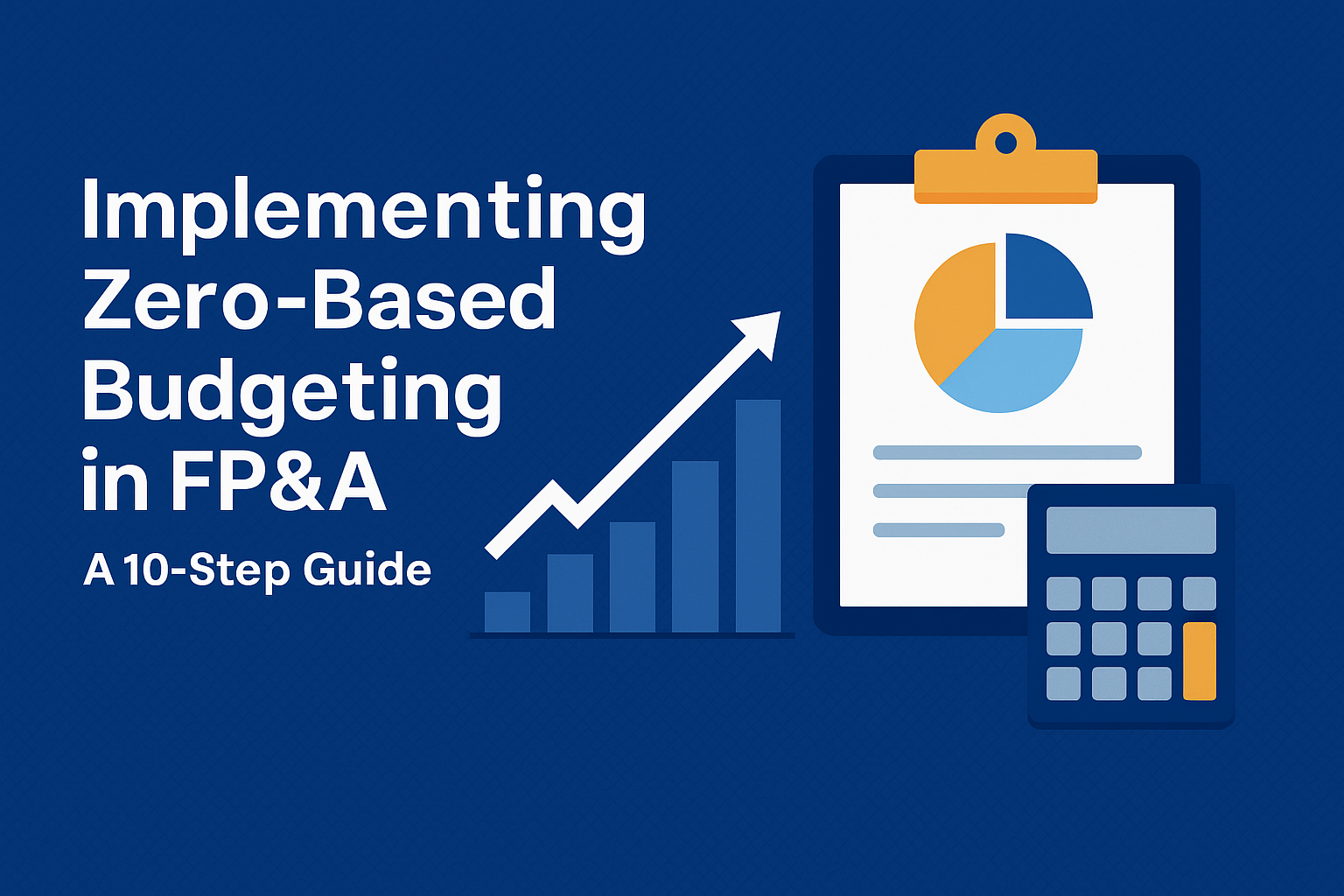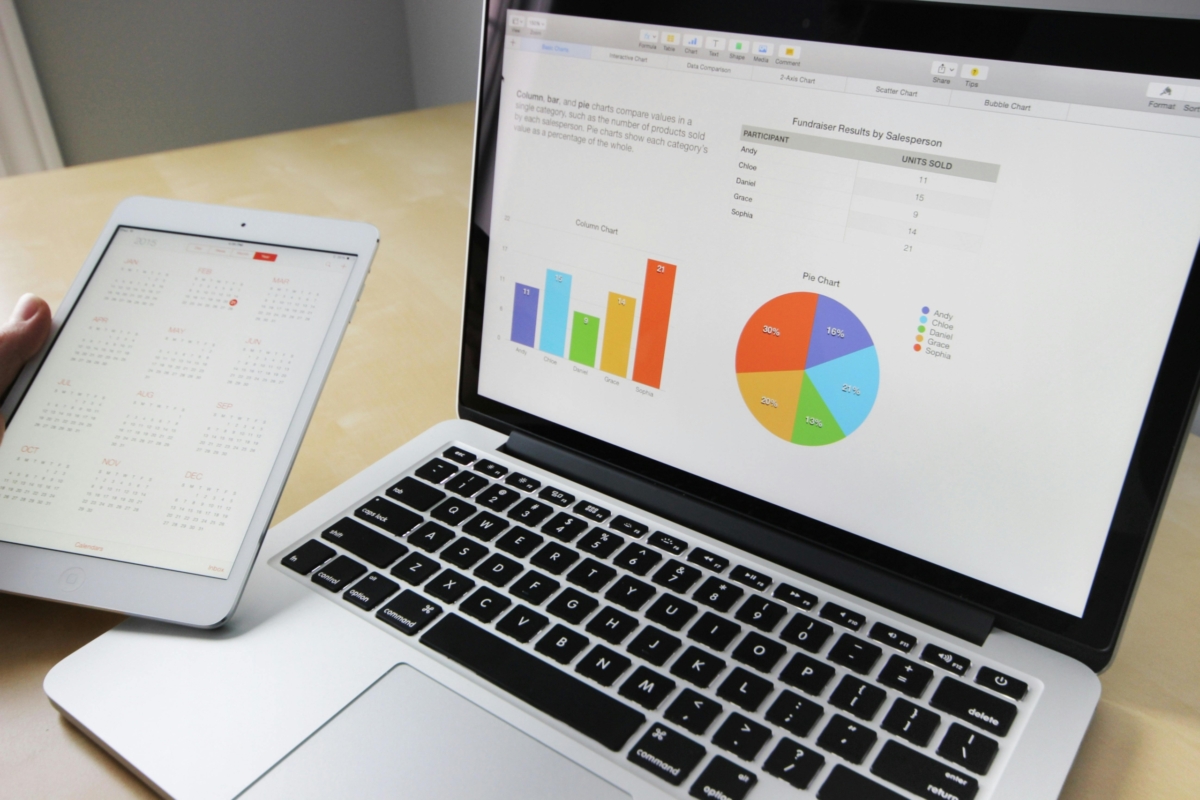How to Make Your FP&A Function a Strategic Partner, Not a Reporting Machine
I remember the moment I realized our FP&A team had become a reporting machine.
It was a Tuesday. 7:43 p.m. I was still in the office. Someone from ops had just Slacked me asking for a version of the Q2 forecast that accounted for a 5% shift in headcount timing. I was on version 17 of the model. And that didn’t include the copy saved on our shared drive as “Final-Final-v3.”
I was exhausted. The team was frustrated. Our “strategic” insights were buried under 4 hours of data prep every week.
So I made a decision. I stopped trying to scale through brute force. Stopped saying yes to every custom ask. Stopped treating finance like a service function.
And started building FP&A into what it should’ve always been: a strategic partner.
But here’s the thing they don’t tell you:
Becoming strategic isn’t about throwing the model out the window. It’s about changing what the model is for.
That shift took us from reactive to proactive, from spreadsheet jockeys to trusted operators. And it taught me a few lessons I still carry into every engagement.
1. Don’t Just Build the Model—Build the Questions It Answers
In the early days, our models were designed to calculate. Now, they’re designed to clarify.
The difference? Questions.
Before we touch Excel, we define the top 3-5 questions the business needs to answer this quarter:
- Where’s our leverage if revenue underperforms?
- What’s the break-even point by segment?
- How long can we delay that next hire?
Your model doesn’t need to be complex. It needs to be aligned. The more it’s shaped by real decisions, the more strategic your team becomes.
2. Elevate the Conversation—Visually and Verbally
We used to send dashboards. Now we host narrative reviews.
Why? Because metrics alone don’t drive alignment. Context does. Story does.
We learned to:
- Pair every KPI with commentary
- Use visuals to highlight inflection points
- Lead with insights, not tables
One of our CFOs called it “boardroom-ready modeling.” Same data—better delivery.
3. Model Fewer Scenarios, Better
We used to build three scenarios for everything: Base, Upside, Downside.
Eventually we realized:
- Only Base ever got updated.
- Upside was a fantasy.
- Downside was ignored.
Now we start with one scenario—the one we believe—and stress test it ruthlessly:
- What if we miss hiring targets by 30 days?
- What if churn ticks up by 2%?
- What if CAC spikes?
This makes our forecasts more credible. And our conversations more useful.
4. Align to Operators, Not Just Outcomes
Our early models looked great to finance—and foreign to everyone else.
Today, we reverse engineer our models from operating levers:
- Marketing: Cost per lead, conversion rates
- Sales: Ramp time, productivity, quota
- Product: R&D headcount vs. roadmap velocity
When a forecast shifts, we don’t just update numbers. We call the team driving the lever.
That makes FP&A a translator. And that’s where strategy happens.
5. Build Less, Influence More
Here’s a hard truth: If your value comes from building models, AI is coming for your job.
But if your value comes from shaping strategy, asking better questions, and connecting dots across the org—you’re irreplaceable.
We’ve shifted time away from “building” toward:
- Cross-functional planning meetings
- Monthly operator reviews
- Real-time revenue analyses
The model matters. But your ability to drive decisions? That’s what makes you a partner.
What Changed for Us
When we stopped being a reporting function and started showing up as a strategic voice:
- Our forecast accuracy improved
- Our leadership team started looping us in earlier
- Our team morale went up (less fire drill, more thinking time)
We didn’t stop using Excel. We didn’t buy a magic tool. We just stopped thinking like accountants—and started thinking like operators.
If you’re still stuck in the report-refresh-repeat cycle, I see you. You’re not broken. You just need to redefine your role.
FP&A isn’t about being the smartest person with the biggest spreadsheet. It’s about being the calmest person in the room when the forecast changes.
And that starts with deciding that finance isn’t just here to track the story. It’s here to help write it.









Leave a Reply
Want to join the discussion?Feel free to contribute!